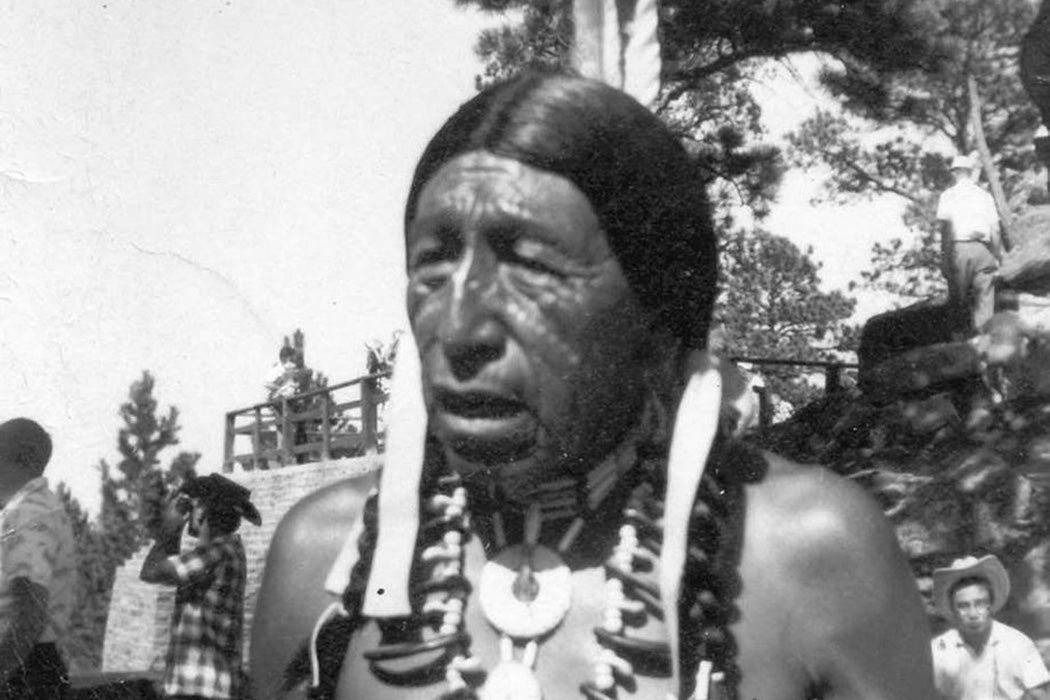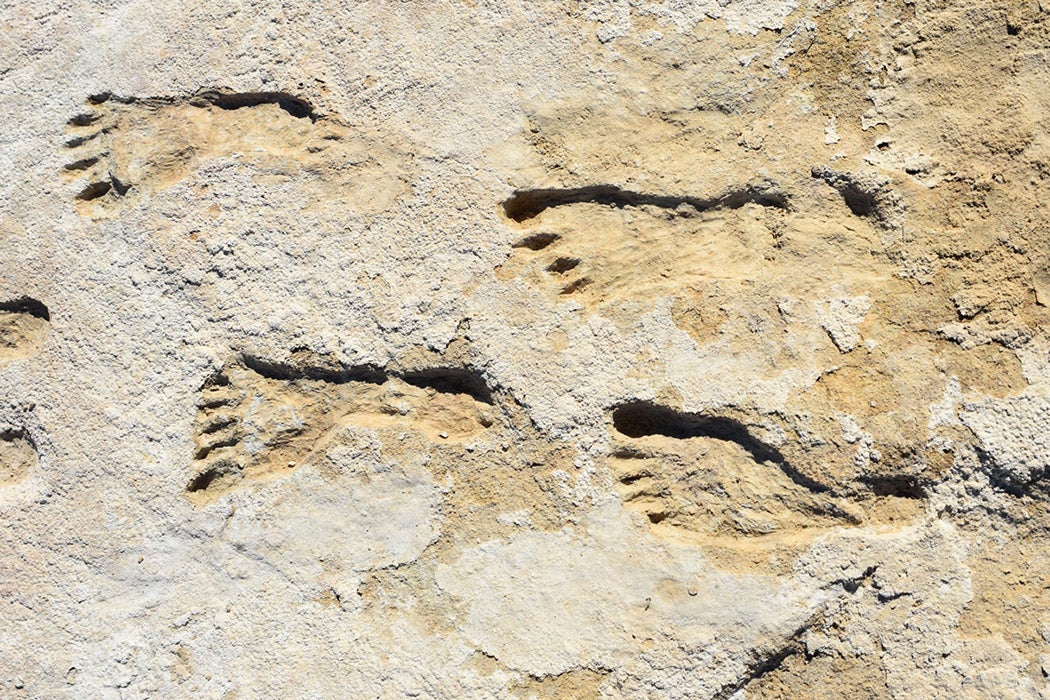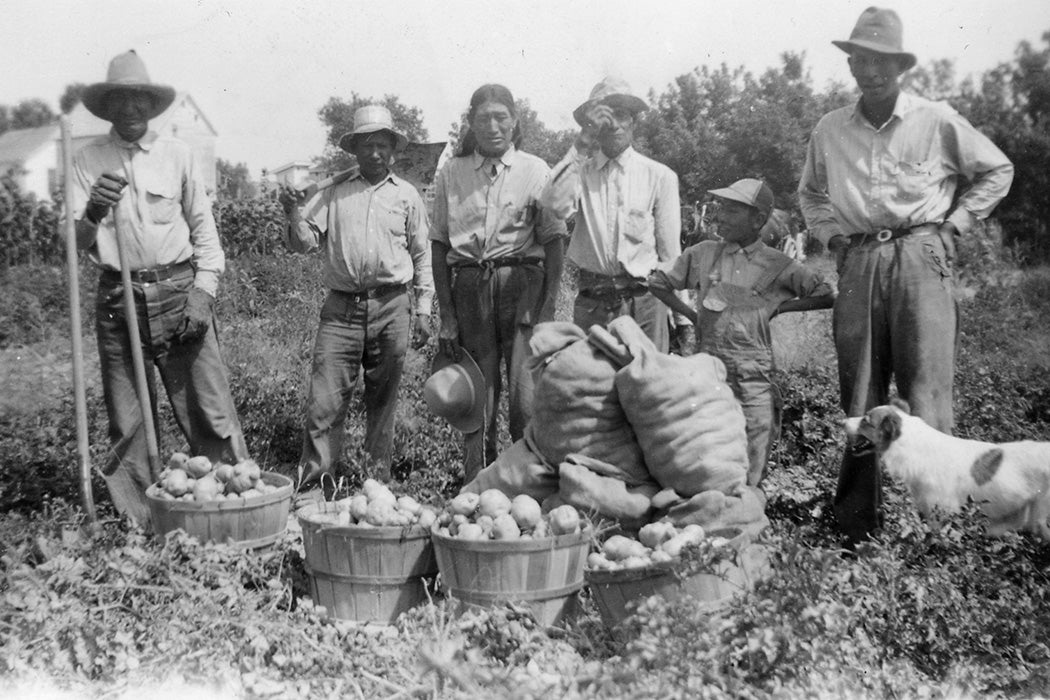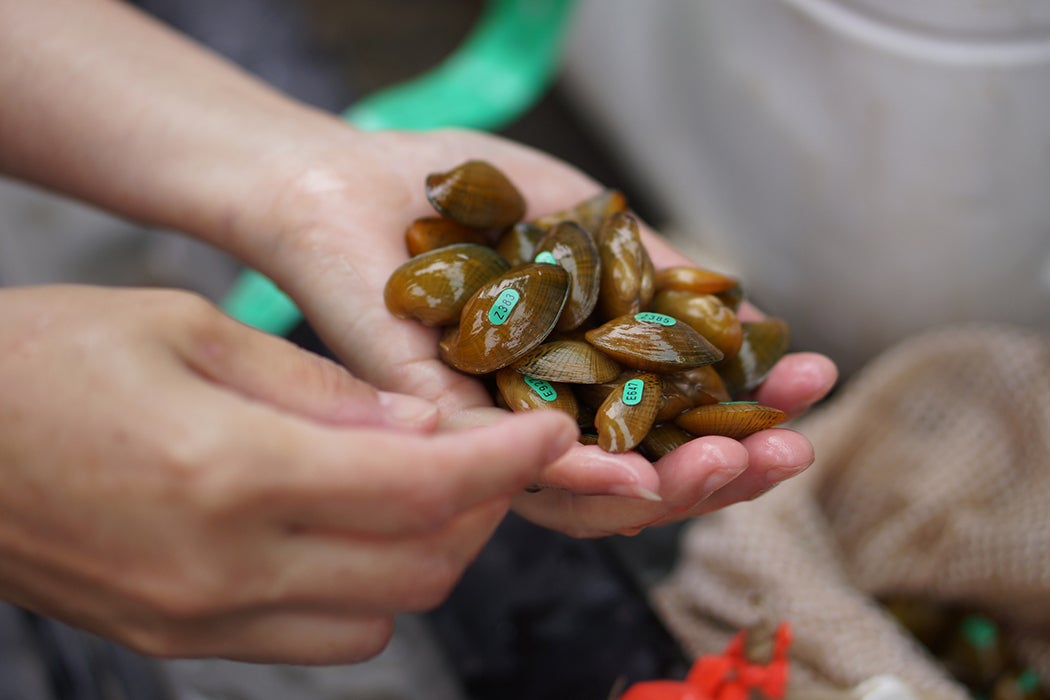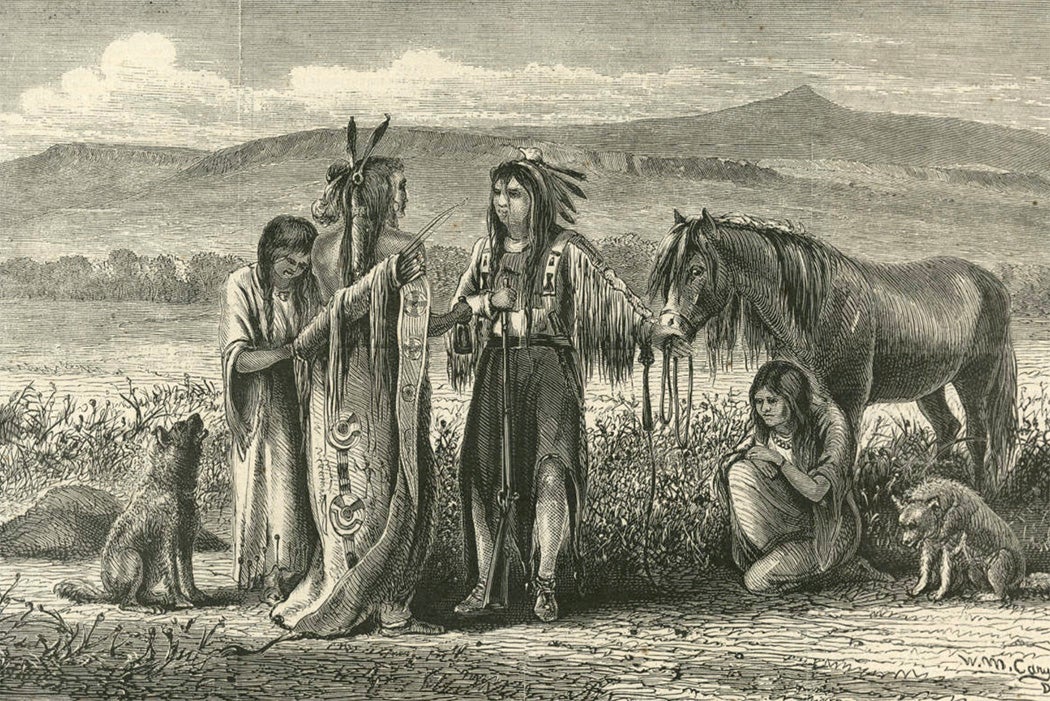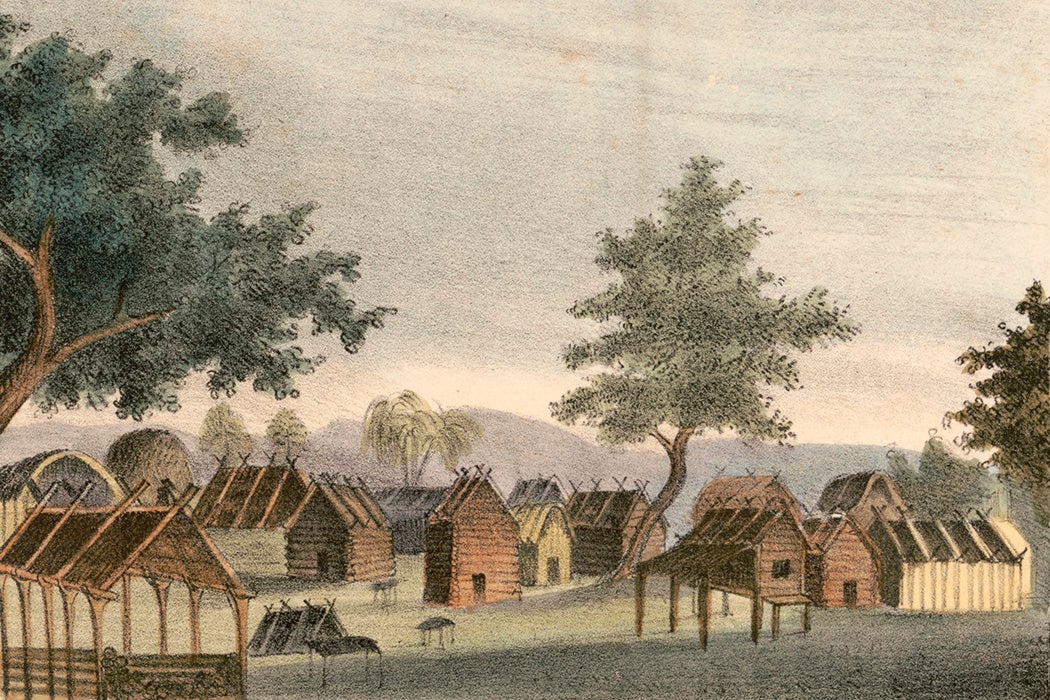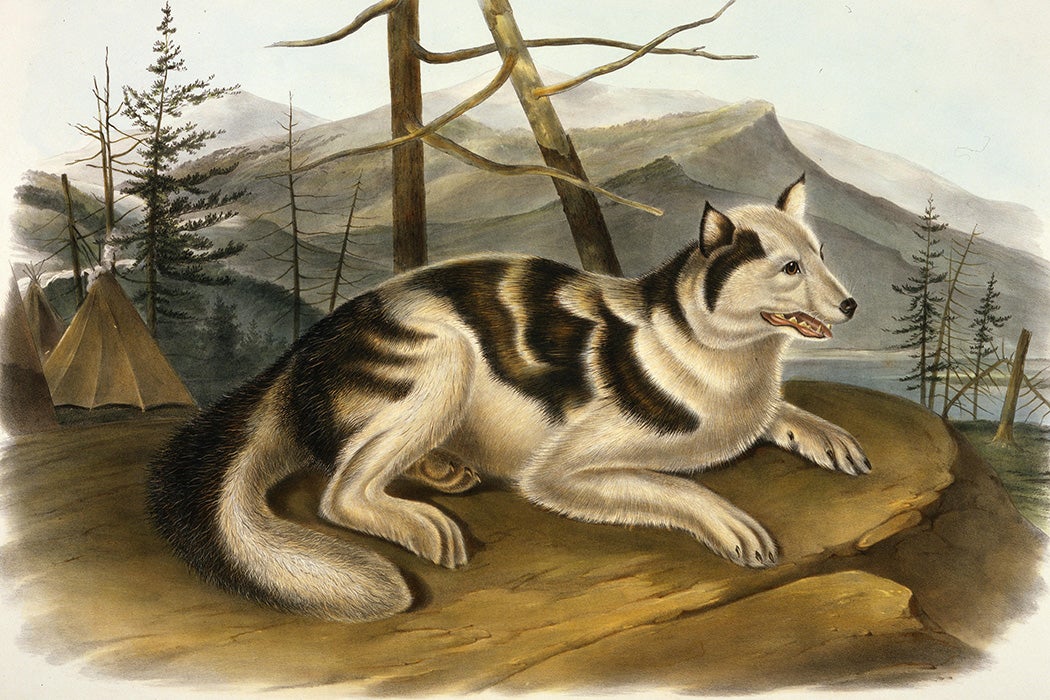November is Native American Heritage Month, and this year’s theme is “Resilient and Enduring: We Are Native People.” We hope you’ll find our most recent stories below, and the scholarship they cite, a valuable resource for classroom or leisure reading.
Teaching About American Indian Cultures
Wounded Knee and the Myth of the Vanished Indian
February 17, 2020
The story of the 1890 massacre was often about the end of Native American resistance to US expansion. But that’s not how everyone told it.
How (Not) to Teach Kids about Native Cultures
November 23, 2020
Even well-intentioned books for children can romanticize (or demonize) Native Americans. But better materials exist.
Why Academic-Indigenous Collaboration Is Tricky
October 11, 2021
Although many archaeologists are trained to prize objectivity, Indigenous scholars approach research with a different sort of grounding.
Native Nations and the U.S. Government
The Native American Roots of the US Constitution
September 15, 2021
The Iroquois, Shawnee, Cherokee, and other political formations generally separated military and civil leadership and guarded certain personal freedoms.
Native Nations and the BIA: It’s Complicated
January 15, 2021
Historically, relations between Native Americans and the Bureau of Indian Affairs have been contentious. Is that still the case?
Suppressing Native American Voters
August 25, 2020
South Dakota has been called "the Mississippi of the North" for its long history of making voting hard for Native Americans.
Native American Foodways
Returning Corn, Beans, and Squash to Native American Farms
November 24, 2020
Returning the "three sisters" to Native American farms nourishes people, land, and cultures.
Plant of the Month: The Pawpaw
September 22, 2021
The pawpaw is finding champions again after colonizers' dismissal, increasing globalization and economic needs.
America’s Imperiled Freshwater Mussels
September 2, 2017
Freshwater mussels were once found in astonishing numbers and diversity in North America. Then came the button fanciers, and then the pearl-makers.
Native American Cultural Encounters
Polygamy, Native Societies, and Spanish Colonists
April 19, 2021
Having more than one wife was an established part of life for some Native peoples before Europeans tried to end the practice.
The History of the Black Seminoles
November 29, 2020
The community's resilient history speaks of repeated invasions and resistance to enslavement.
The Dogs of North America
May 3, 2021
Dogs were prolific hunters and warm companions for northeastern Native peoples like the Mi'kmaq.
We also encourage you to explore our archives for many more stories on Native American history and Indigenous cultures.



